Bound for Merida—Book Hunting for Alma Libre Libros in Colonial Yucatán
Chapter 30: In search of books on local color and history, Maya and the pyramids, archeology and culture
Hola Amigos! After a rollicking holiday season at our newly anointed bookstore, we settled in to meeting more locals, establishing connections with our fellow shopkeepers on the square, and deciding to search out locally published books on the region and the Maya. A trip to Merida was in the stars.
Soon after Alma Libre Libros’ grand opening, travel writers from various guide books—Moon Publications, Frommer’s, Fodor’s, Hunter Travel, Cadogan Guides—were stopping in to interview us and write us up. We were becoming a tourist attraction.
After the Christmas rush customers began asking for literature on the Maya and books about Mexico. My first introduction to Mexico came through literature so I wasn’t surprised my customers wanted to experience Mexico this way too.
Because my customers craved information on the Maya and since it was impossible to find used books on the subject, Paul and I decided it was time to do a search for book distributors in Merida. Cancun had very little in the way of manufacturing compared to Merida, so we packed our bags planning on making a long weekend of it.
Libreria Dante
In Merida we first approached Dante, the Yucatán’s largest bookstore and publisher. Dante produced a handful of English books on Maya culture, a good starting point. I found Tales and Legends of the Yucatán, compiled by Dante, and The Ancient Maya, by Alberto Ruz. Ruz was the Mexican archeologist who had discovered the tomb that housed the sarcophagus of Palenque’s greatest ruler, Pakal, along with his jeweled death mask.
When on site at the Temple of the Inscriptions in 1962, his search team discovered the tomb’s floor measurements didn’t match up. Noticing holes in the floor slab, Ruz deduced they were finger holds. Believing the pyramid on which the temple stood might have another structure concealed inside, they lifted the slab, revealing a stairway blocked with rubble.
After three years clearing the debris, their efforts were richly rewarded. The stairway ended in the discovery or Pakal’s tomb. For years visitors could descend down the very steps cleared by Ruz’s team to view the sarcophagus lid of Palenque’s most famous ruler. Paul and I were lucky enough to have visited the site in earlier years and walked down those very stairs.
Ruz’s book was an easy to read Maya guide even though written by an archeologist.
San Fernando Publishing
I checked out the Yellow Pages (yes, that relic of things past) and found another distributor located in a distant suburb, far from Merida’s tourist zone. San Fernando Publishing was run by a woman named Erma, forty-ish and frumpy. Her warehouse was large and disorganized with a hodgepodge of products ranging from velvet brocade sombreros to serapes and piñatas.
She had a staff of three and at lunchtime the whole enterprise transformed into a fast food restaurant. Her workers donned white jackets. Huge aluminum tubs of tortillas, rice and beans emerged from nowhere, and Erma served takeout lunches through a Dutch door. It was a popular spot. In my gringo mind, only in Mexico did these wild juxtapositions exist. I loved the madness of it.
Along with Mexican handicrafts Erma stocked a handful of English language books on the pyramids, the Maya and Mexican history. I found copies of the Popul Vuh and Chilam Balam. The Popul Vuh, considered the Mayan Bible, preserved fragments of Maya cosmology, mostly told in parable.
Chilam Balam was written in northern Yucatán by a class of prophet-priests. The title literally translated to “book of the soothsayer of hidden things.”
Erma purchased books from Britannica in Mexico City and I would call them on our return back to the coast. I also decided to contact US distributors for new book buys. Even though we carried only a handful of new books our first year, I was laying groundwork for the future.
Buying all Erma had on hand, we helped her box our purchases and put them in the car. We still wanted to head over to the Merida English Language Library (MEL) before calling it a day.
Merida English Library
The library was housed in a Merida mansion, tucked away on a side street near the main plaza. We met the administrator, Lorna Gail, a friendly Canadian. When we told her we’d opened a bookstore in Puerto Morelos, she was all ears. “How do you bring books in?”
We explained we’d brought the first batch in by container and at the end of high season every year we’d head north to do major book buys.
She asked if she could piggyback onto our orders and purchase books for the library.
“Sure. Make a list,” I said, looking at Paul. “And we’ll give you the trade discount.”
Paul nodded. “When we come back in the fall, we’ll hand deliver them.”
Since we’d planned our Merida trip over the weekend, we were hoping to find used Spanish books at the weekend street fair. After our long day, we planned for a relaxing dinner to reward ourselves. We said our goodbyes and headed to our old Merida stand-by, Hotel Trinidad.
After a shower we walked to the plaza for dinner at our favorite restaurant, a gem converted from a 1700’s hacienda, complete with curved Moorish arches. We’d stumbled onto it in an early Merida trip. Not wanting to be too near the tourist zone, we had made wide concentric loops around the district, hitting pay dirt when we fell upon Alberto's Continental Patio.
We entered, trod upon a mosaic floor, and climbed ancient stairs that stretched onto a welcoming foyer. Softly lit, it was a romantic restaurant of the old school. Ooh la la.
To our left we viewed a wall chock full of grand paintings. Directly in front of us was a massive credenza and standing next to it, an older gentleman in a tired business suit. He made a slight bow. Could it be Alberto? Indeed it was.
"Dinner?" he asked, waving menus with a flourish. We nodded.
“Dining room?" He pointed to a well-lit room on his right displaying a long center table along with four-tops draped in crisp white table cloths. Silver candelabra sparkled while glowing glass chandeliers lent a sense of pageantry. "Or,” he paused, pointing to his left, "The courtyard garden."
Choices
A difficult choice. I couldn't take my eyes off the lavish dining room with its sublime lighting. Glamorous dining room or jungly courtyard bearing the largest banyan I'd yet to see, dead center.
Linen-covered tables surrounded the massive tree and an ornamental bar boasted more art—but this time with crucifixes in every conceivable material. They cluttered the wall above a liquor-laden mahogany counter, a dueling oxymoron of saints and sin.
I was drawn to the dining room. An obliging smile crossed our host’s lips. "Would you like a cocktail in the courtyard first? A margarita? Then we'll move to the dining room."
We followed him as though he was the Pied Piper. After seating us he moved towards the Holy Bar to mix up seriously divine concoctions. We were the only customers to be had. We fell on the drinks as though we'd spent a waterless month in the Sahara. A not wholly unexpected second round followed. That was our introduction to Alberto’s.
By the time we came back to Merida to buy books, we were old pals with Don Alberto, as he was respectfully known. Having not seen him for a while, we brought him up to speed, explaining we’d left San Francisco, settled into our little fishing village, and opened a bookstore.
After margaritas in the courtyard, we had dinner in the dining room, a delicious blend of Lebanese and Mexican food. By this time we’d heard portions of Alberto’s origin story, how his great-grandfather had fled Syria at age 20, boarding a boat not knowing where it was heading.
It docked in Sissal, a port close to Merida. His great-grandfather earned a living selling fabrics and soon saved enough to bring his sister over, who married and gave birth to Alberto. Their eclectic family dedicated themselves to the art of commerce, while also enjoying exquisite Arabic food.
Alberto entered the restaurant world when he became the manager of the Hotel Caribe cafeteria located in Parque Hidalgo. Along with his brothers, he worked there three years, transforming it into a successful business, thanks to his charisma and exotic recipes.
Soon afterwards he opened his own restaurant, doing what he did best—creating Arabic food with a touch of Yucatec and Mexican flavors. That’s how Alberto’s Continental was born.
Finished with our dinner, Alberto had the waiter clear the table and asked if we would like to see his home gallery. Definitely.
He parted a set of heavy velvet drapes, we stepped through and wound around back hallways of the old hacienda, moving past numerous rooms. He finally stopped, opened a door, and voila! We gazed inside at a jumble of historic statues, sculptures and paintings, jam packed into a sizable room with no windows. Apparently Alberto and his brother, who ran the restaurant with him, had been collectors for some time.
He gave a brief history on many of the items, though their provenance, and legality, we were not certain of. In those earlier days, there was still a lot of antiquities changing hands. Some stores in Merida even sold them outright.
Alberto was quite the raconteur and we lingered awhile listening to tales of his early Yucatán days and the birth of his restaurant. In the 1970s and 80s it was the talk of the town, written up by famous international food editors, including a review from The New York Times, that called Alberto’s, “a culinary institution.”
Alberto’s star continued to rise and it garnered a line in a 2000 cookbook titled The Essential Cuisines of Mexico, by the grand dame of Mexican cooking, Diana Kennedy.
Eventually it was time to call this long and eventful day to a close as Sunday was the famous Merida á Domingo, when downtown streets in the tourist section were closed off to traffic for a grand tyanguis, or art fair. In the Mexican constitution, one day a month is set aside for artists to convene in a public place, like the town zócalo, such faith was put in the Mexican creative spirit.
And with that in mind, we thanked our loquacious and extraordinary host, excused ourselves, and trundled off to the Trinidad, where we would sleep with sweet dreams circling our heads about colonial Merida of days gone by.
If you’re interested in supporting well-researched and thoughtful writing and you’ve been enjoying my posts and are feeling generous, your paid subscription would make my day. Keep up to date on Mexico, travel, chapters from Where the Sky is Born—how we bought land and built a house on the Mexico Caribbean coast. And opened a bookstore, too! All for $5/monthly or $50 per year.
Hit the heart at the top of this email to make it easier for others to find this publication (to stimulate those pesky algorithms) and make me very happy.
Backstory—Puerto Morelos sits within 100 miles of four major pyramid sites: Chichen Itza, Coba, Tulum and Ek Balam. By living in close proximity to this Maya wonderland we pyramid hopped on our days off from Alma Libre Libros, the bookstore we founded in 1997. Owning a bookstore made it easy to order every possible book I could find on the Maya and their culture, the pyramids, the archeologists who dug at these sites and the scholars who wrote about them, not to mention meeting archeologists, tour guides, and local Maya who popped into the store. I became a self-taught Mayaphile and eventually website publishers, Mexican newspapers and magazines, even guidebooks asked me to write for them about the Maya and Mexico. I’ll never stop being enthralled by the culture and history and glad there’s always new news emerging for me to report on right here in Mexico Soul. Please share this post if you know others interested in the Maya. Thank you!




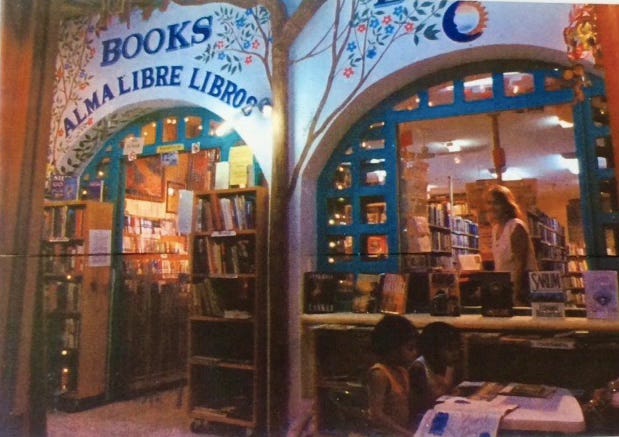


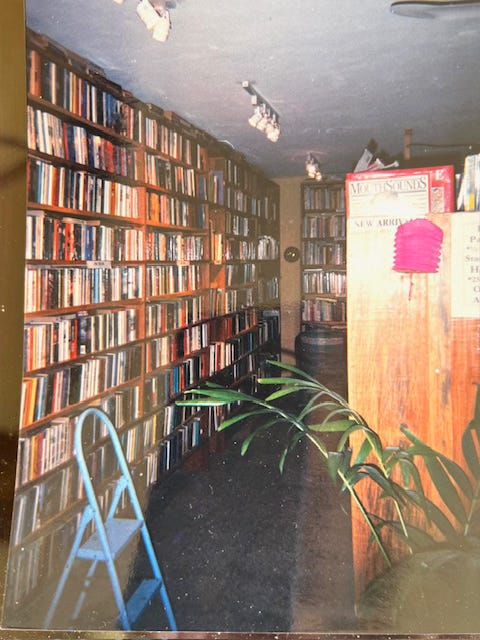

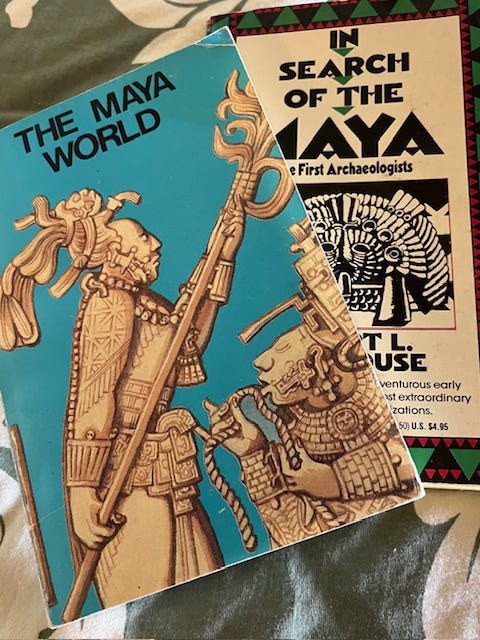


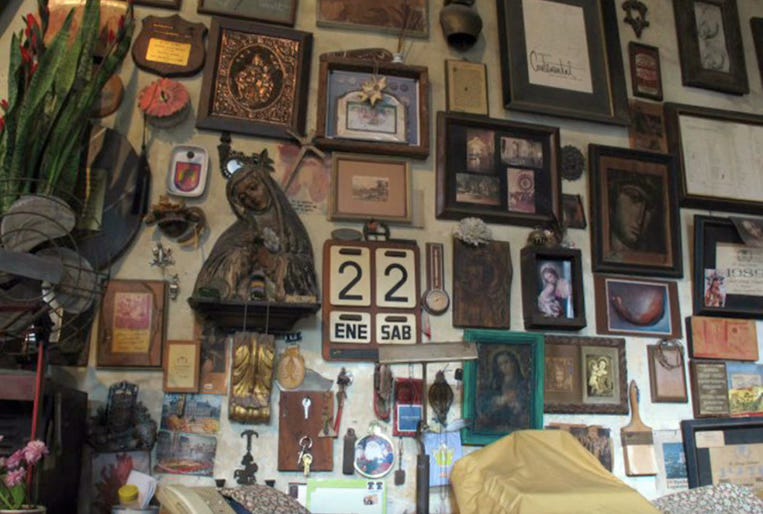
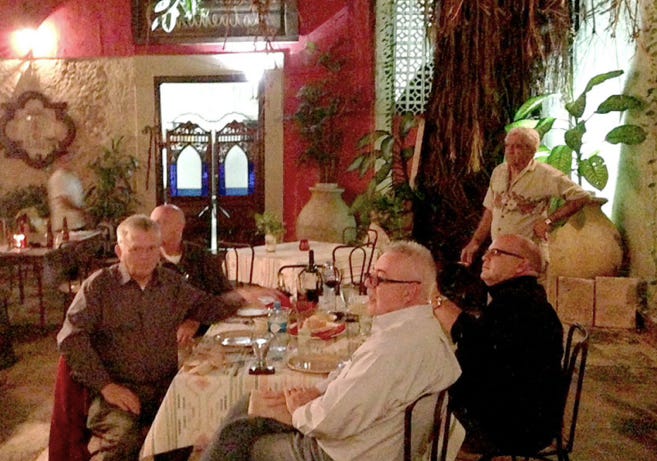


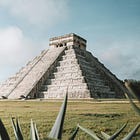

I confess I’ve fallen behind on keeping up with this story, Jeanine, but each time I dip in, your tales and descriptions grab me anew. I found the story about Alberto and his restaurant particularly engaging and enjoyed the accompanying photos. It’s the kind of place I know I’d love to visit. Thanks for continuing to share your extraordinary adventures with us.
Always fascinating and entertaining to read about your adventures.